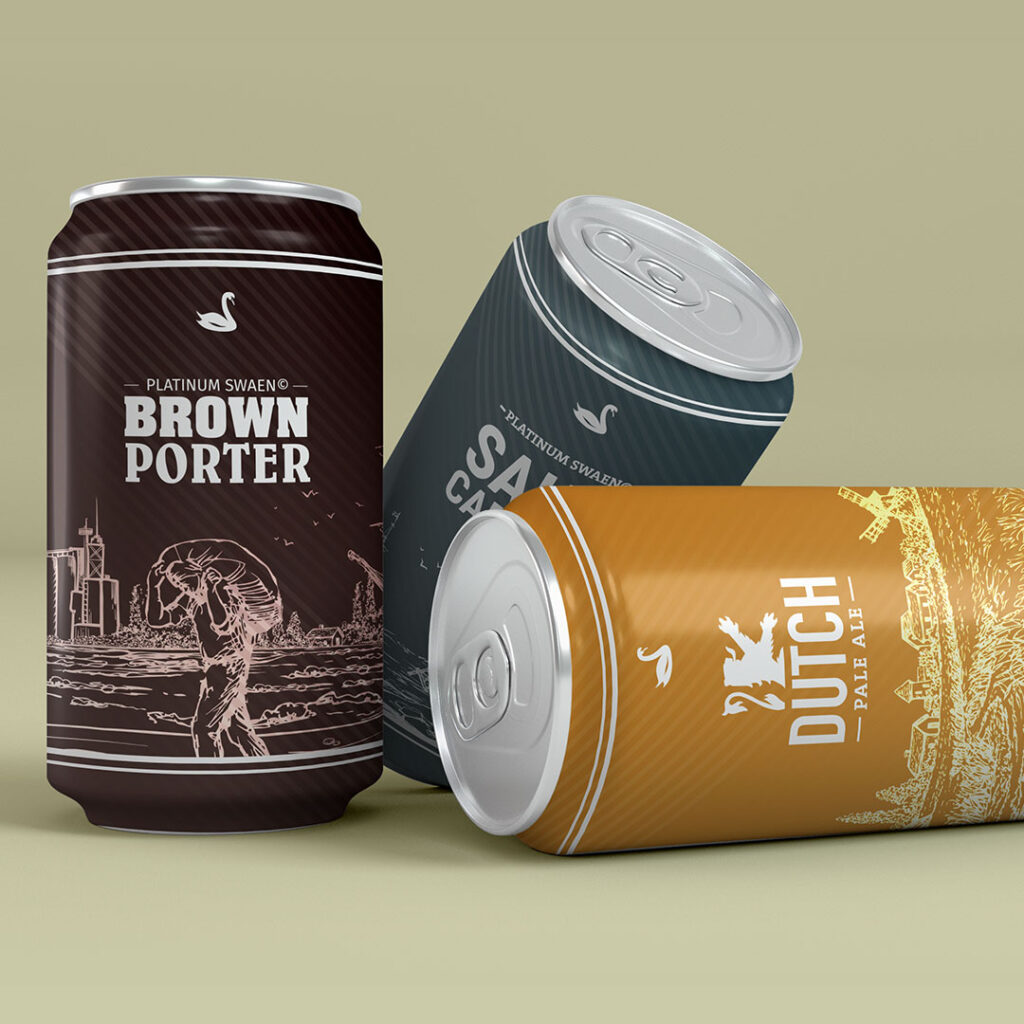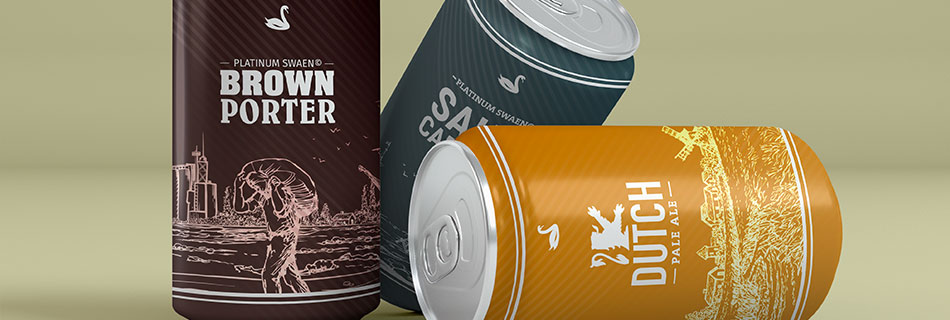For decades, consumers mostly bought beer in bottles. Cans were often linked to budget brands and mass production. However, times have changed! More and more breweries are switching to aluminium cans. While cans were once mainly used for Pilsners and Lagers, today, almost every beer style is available in a can. Let’s explore why canned beer is becoming the preferred choice.

Cans block light completely
Light exposure causes oxidation, which leads to unpleasant off-flavours and a shorter shelf life. Brown bottles provide better protection than green or clear bottles, but cans offer complete protection from harmful UV rays. As a result, beer stays fresher for longer, preserving its intended taste and aroma. This is why IPAs, which are highly sensitive to light and oxidation, are rarely bottled.
Canned beer is easier to transport
Aluminium cans are lighter and more compact than glass bottles. Breweries can transport more beer per pallet, reducing costs and improving efficiency. This also means lower fuel consumption during shipping, making cans a more environmentally friendly choice. Additionally, cans are less fragile than glass, minimising breakage during transport and storage.
Cans are highly recyclable
Aluminium is one of the most recyclable materials in the world. In a lot of places more than half of aluminium cans are successfully repurposed. Since many countries have introduced deposit schemes on cans, this percentage continues to rise. The process of recycling aluminium also requires less energy than producing new cans, further reducing environmental impact.
The flavour of canned beer is not affected
Some believe beer tastes better from a bottle, but blind taste tests prove otherwise. Cans have a polymer lining that prevents direct contact between beer and aluminium. This ensures the beer’s flavour remains unchanged. Whether in a bottle or a can, the quality of the beer depends on the brewer, not the packaging.
Most recent blogs
- Sales Representative vacancy NE / BEYou drive commercial growth, focus on customers, and always look for new opportunities. At The Swaen – a leading malthouse with customers worldwide – you’ll have the opportunity to contribute …
- From goddesses to witches – the erasure of women in brewingFor centuries, women in brewing defined how beer was made, sold, and shared. Men then erased their role and seized control. From sacred goddesses to mocked witches, women’s brewing history …
Read more “From goddesses to witches – the erasure of women in brewing”
- The Code of Hammurabi – ancient laws, beer, and everyday lifeWhen we think of laws, we often imagine modern courts, lawyers, and written codes. But the roots of legal systems go back thousands of years. One of the earliest and …
Read more “The Code of Hammurabi – ancient laws, beer, and everyday life”





